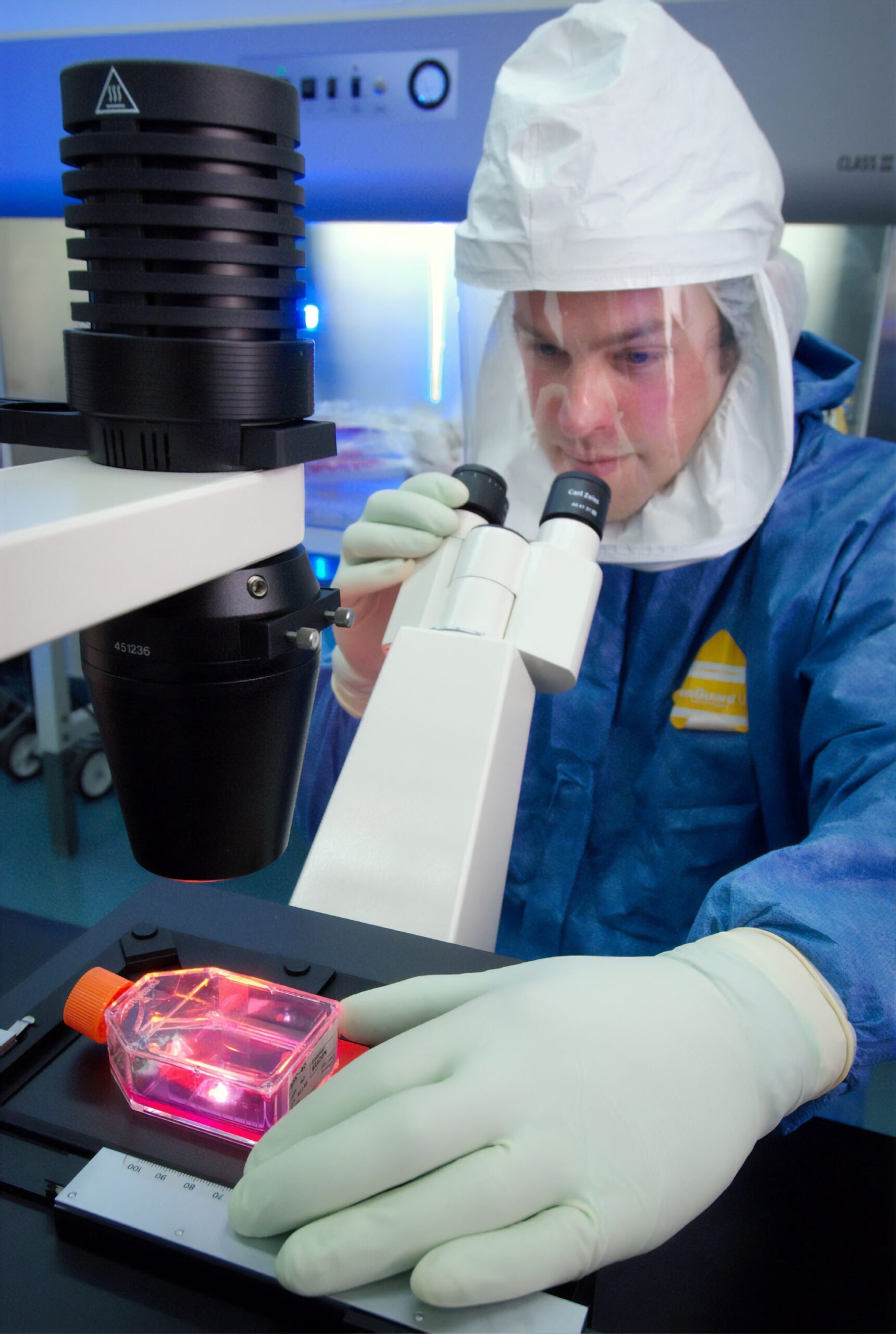
The do’s and don’ts of cell culture
Cell culture is a versatile tool to investigate fundamental scientific and translation research questions. This article is a summary of important principles behind the setup of a cell culture lab and the guidelines that ensure the safety of the lab personnel as well as the cultured cells (1,2,3).
Do’s:
1. Maintain a clean and sterile workspace to prevent contamination. Use appropriate personal protective equipment (PPE) such as gloves, lab coats, and face masks.
2. Educate yourself with proper cell culture techniques, including thawing and freezing cells, passaging cells, and monitoring cell health. Follow established protocols and guidelines to ensure consistent and reliable results.
3. Maintain accurate and detailed data of your cell culture experiments for reproducibility and troubleshooting. Record cell passages, cell densities, media formulations, and any observations made during the culture process.
4. Cells require specific environmental conditions, such as temperature, humidity, and CO2 levels. Regularly check and maintain the optimal conditions in the cell culture incubator.
5. Follow strict aseptic techniques while handling cells and cell culture media to minimize the risk of contamination. This includes using a laminar flow hood for manipulations and properly sterilizing all equipment and materials.
Don’ts:
1. Don’t overcrowd the culture vessels and leave the cells unattended for long periods. Regularly monitor your cell cultures and maintain appropriate feeding and media changes. Maintain appropriate cell densities to avoid altered cell growth and ensure optimal growth and prevent the accumulation of toxic metabolites.
2. Avoid introducing contaminants such as bacteria, fungi, or other cell lines into the culture. Handle all equipment and reagents carefully and dispose of waste properly.
3. Don’t ignore signs of cell culture issues: Be vigilant for signs of cell culture problems, such as changes in cell morphology, growth rate, or contamination. If you observe any problems, address them promptly by troubleshooting, seeking assistance, or repeating experiments if necessary.
References
1. Segeritz CP, Vallier L. Cell Culture: Growing Cells as Model Systems In Vitro. Basic Science Methods for Clinical Researchers. 2017:151–72. doi: 10.1016/B978-0-12-803077-6.00009-6. Epub 2017 Apr 7. PMCID: PMC7149418.
2. Philippeos C, Hughes RD, Dhawan A, Mitry RR. Introduction to cell culture. Methods Mol Biol. 2012;806:1-13. doi: 10.1007/978-1-61779-367-7_1. PMID: 22057441.
3. Weiskirchen S, Schröder SK, Buhl EM, Weiskirchen R. A Beginner’s Guide to Cell Culture: Practical Advice for Preventing Needless Problems. Cells. 2023 Feb 21;12(5):682. doi: 10.3390/cells12050682. PMID: 36899818; PMCID: PMC10000895.



